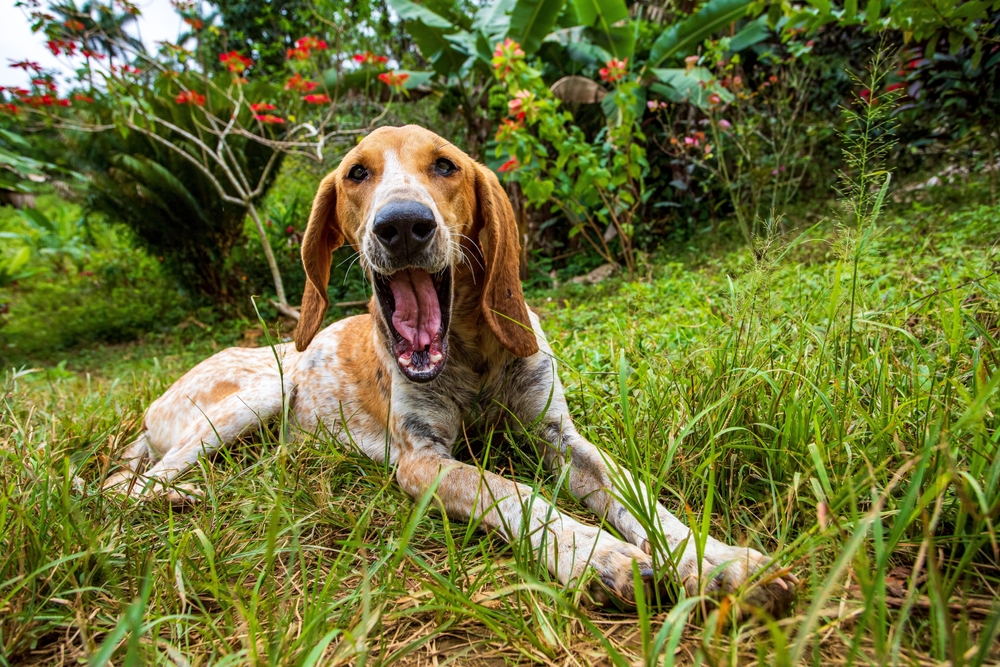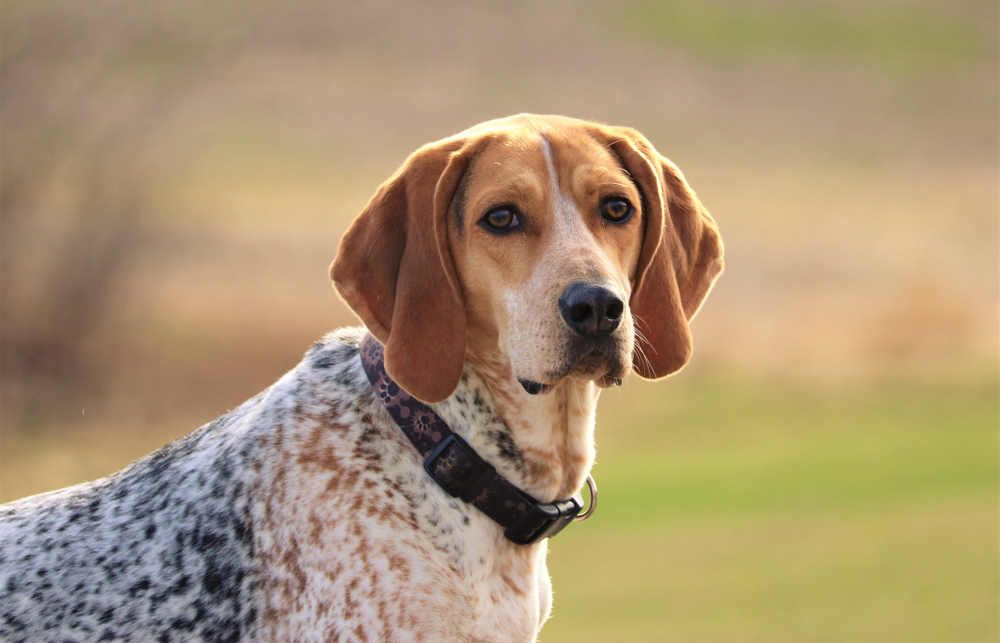Differences between American English Coonhounds and Other Coonhound Breeds
In this comprehensive article, we explore the key distinctions between American English Coonhounds and other Coonhound breeds. As experienced breeders and dog enthusiasts, we understand the significance of accurate information when it comes to selecting the ideal canine companion. Our aim is to provide you with valuable insights that will help you make an informed decision and choose the perfect Coonhound for your lifestyle and needs.

Origin and History
The American English Coonhound, often referred to as the Redtick Coonhound, is a descendant of English Foxhounds brought to the United States during the colonial period. It was selectively bred to excel in tracking and treeing raccoons and other small game. On the other hand, other Coonhound breeds, such as the Black and Tan Coonhound, Bluetick Coonhound, and Plott Hound, have distinct histories tracing back to different regions and purposes.


Physical Appearance
American English Coonhound: This breed is characterized by its sleek, athletic build and striking coat pattern, featuring a predominantly red and white ticking. They have long ears and a deep, melodious voice that resonates through the woods during hunts.
Other Coonhound Breeds:
- Black and Tan Coonhound: Recognizable by its black and tan coloration, this breed possesses a muscular body and drooping ears, which aids in scent detection.
- Bluetick Coonhound: Known for its blue mottled coat and distinctive ticking, the Bluetick Coonhound has a slightly stockier frame compared to the American English Coonhound.
- Plott Hound: This breed has a strong and athletic appearance, with a sleek brindle coat and keen hunting instincts.
Temperament and Behavior
American English Coonhound: This breed is characterized by its sleek, athletic build and striking coat pattern, featuring a predominantly red and white ticking. They have long ears and a deep, melodious voice that resonates through the woods during hunts.
Other Coonhound Breeds:
- Black and Tan Coonhound: Recognizable by its black and tan coloration, this breed possesses a muscular body and drooping ears, which aids in scent detection.
- Bluetick Coonhound: Known for its blue mottled coat and distinctive ticking, the Bluetick Coonhound has a slightly stockier frame compared to the American English Coonhound.
- Plott Hound: This breed has a strong and athletic appearance, with a sleek brindle coat and keen hunting instincts.

Health Considerations
American English Coonhound: As with any dog breed, American English Coonhounds are prone to certain health issues, including hip dysplasia and ear infections. Regular veterinary check-ups and proper grooming can help prevent and manage these conditions.
Other Coonhound Breeds:
- Black and Tan Coonhound: This breed may be predisposed to conditions like bloat and eye issues. Responsible breeding and regular vet visits can help mitigate these risks.
- Bluetick Coonhound: Blueticks may be susceptible to hip dysplasia and ear infections, similar to the American English Coonhound. Regular ear cleaning is crucial for their long, drooping ears.
- Plott Hound: Plott Hounds are generally healthy dogs, but they may be prone to hip dysplasia and skin allergies. Providing a balanced diet and regular exercise is essential to their overall health.
Differences between American English Coonhounds and Other Coonhound Breeds
Understanding the differences between American English Coonhounds and other Coonhound breeds is vital for making an informed decision when choosing a new furry family member. Each breed has its unique characteristics, temperaments, and care requirements.
Remember that responsible pet ownership involves providing love, attention, and proper care, regardless of the breed you choose. Take the time to research, meet potential breeders or rescues, and ensure that the chosen Coonhound aligns with your lifestyle and expectations.
